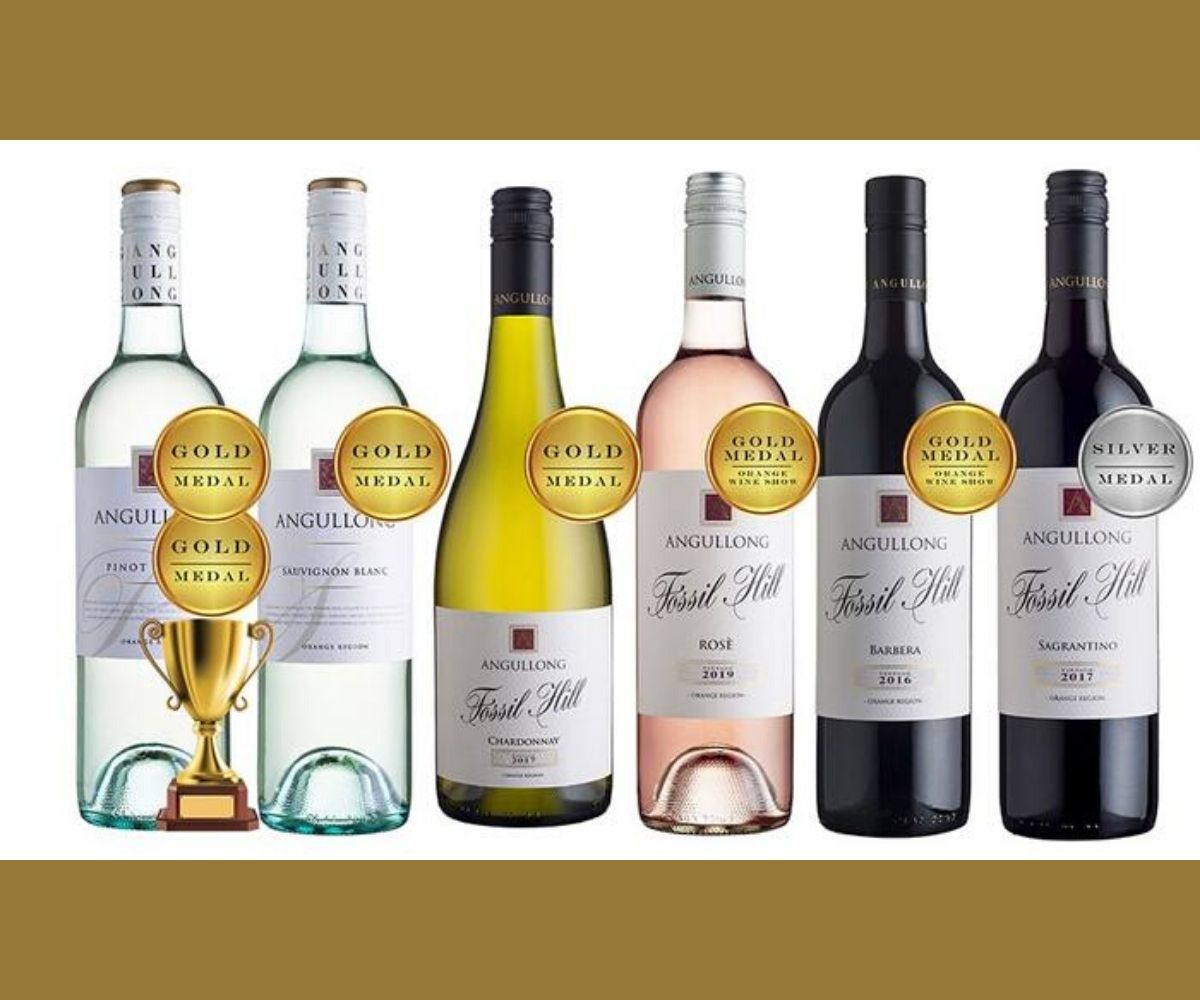Angullong Fossil Hill Reds

The Orange region in the Central Ranges of New South Wales is undoubtedly one of the up and coming vinicultural districts of the Australian mainland.
Blessed with the ideal geology of Mount Canabolas, a coolish climate and 600 plus metres of elevation, the area surrounding the township of Orange has blossomed since vines were first planted in the late 1990s. The cool nights and dry autumn ripening season make it perfectly suited for the production of both red and white wines.
My palate first become infatuated with wines from Orange after I sampled an Angullong Sauvignon Blanc well over a decade ago. Back then, perhaps 15 years ago, Orange wines hadn’t yet made their way onto the wine lists of better restaurants and eating houses, and many of us saw the region as more of a novelty rather than a potential powerhouse of production. But as each vintage has gone from strength to strength, sales have sky-rocketed and with that, the reputation of the local vignerons.
For me, it was the allure of the Mount Canobolas whites like sauvignon blanc and chardonnay that had my taste buds dancing to a merry tune with each zippy example they encountered. The near perfect balance of generosity of fruit and zestiness of acid makes for wines which drink equally well on their own or with a suitably matched meal. Even the local pinot gris and riesling have impressed the most discerning consumers, though perhaps not earning the same accolades as the savvies and chardonnays released by local producers.
What’s a tad ironic is that it’s the white varietals that are putting Orange on the oenological map, yet they account for only about 40% of area under vines. The red wines dominate by volume with shiraz accounting for over a quarter of all production while cabernet and merlot contributing 14 and 12% respectively to regional output. But as is happening in other regions, what were once just experimental volumes of non-mainstream varietals have grown to small batch wines in their own right, like the Italian barbera, tempranillo and sangiovese that are currently doing the Angullong team proud. All three styles sell under the Fossil Hill label and are on the shelves with a $28 price tag.
When some samples arrived recently, I wasted no times in lining up all three with a plate of slow cooked barbecue beef short ribs and slaw.
The first cab off the rank was the Fossil Hill Barbera – a savoury style that oozes cloves and raspberries and finishes with moderate tannins. It’s only of medium weight and has enough tannin and acid to cut through the fatty edges of the ribs. Next was the Fossil Hill Tempranillo which was a much darker purple colour in the glass. On the nose were hints of bramble and tar but once on the palate spicy stewed plums and dark ripe cherry characters loomed before being swamped by lashings of tannin on the finish.
But to my palate, the Angullong Fossil Hill Sangiovese was the standout performer of the trio. Like the others, there was an overtly herbaceous but floral nose with ephemeral violets and a touch of iris. Once on the lips, spicy succulent blueberries linked with hints of ripe fig and even a dose of plum before subsiding on the conclusion with an emerging vanilla edged spiciness.
The Angullong wines continue to surprise on the upside, as do those from the region. But if I had just one tip to give, it would be to stock up on Orange chardonnay, as I suspect that it will soon enough become recognized as a rising star and priced accordingly!